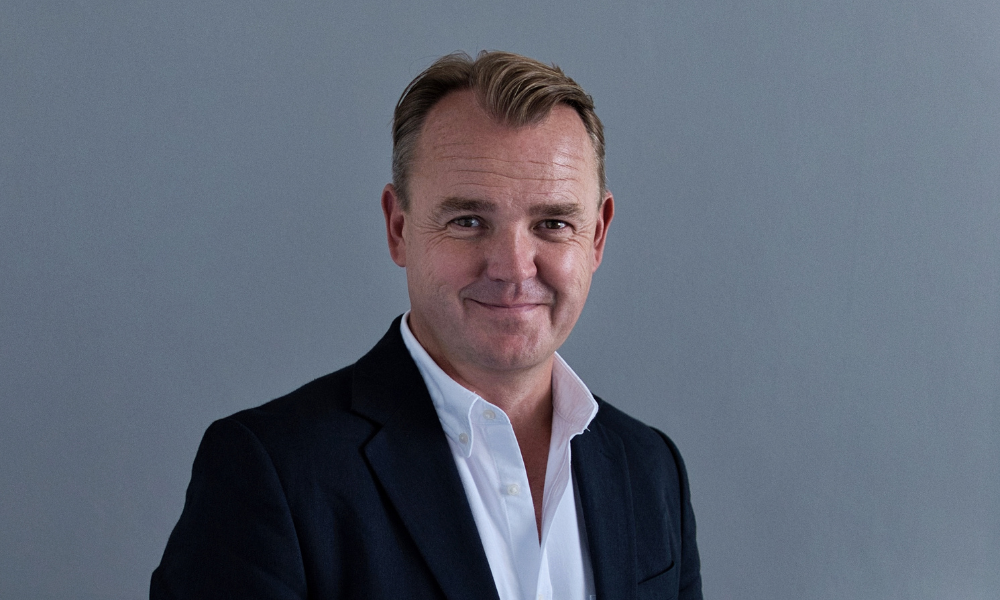MD of lender appraises the post-pandemic market

One of the most significant challenges facing property developers in today’s market is a dearth of available land on which to build.
That’s according to David Alcock, who is managing director of specialist development finance lender, Blend.
Alcock (pictured) points to a property market that is still trying to recover from the fallout of the pandemic and the turbulence that followed the mini-budget, while struggling with what he considers a broken planning system.
“One of the biggest challenges to any developer right now is land supply,” Alcock told Mortgage Introducer. “Not to the say that there are no other challenges, but land is where the opportunity starts. The uncertainty of the planning system, be it at committee level or the timescales to alter or discharge conditions is a hot topic.”
Appraising the wider market, Alcock believes sentiment has improved throughout 2024 and expects it to continue to do so over the next 12 months, but he is keen for a strategy to fill the gap left by the government’s Help to Buy scheme, which was introduced in 2013 and offered a solution for many first-time buyers who struggled with affordability.
“The next person to move into Downing Street will need to show they're serious about doing things differently when it comes to housing,” he said. “There are obviously many items in the new PM’s to-do list, but as a priority we urge the incoming government to work on introducing a replacement to Help to Buy.
“It has also been a key pillar of the UK mortgage industry over the past decade and has accounted for between 40% and 50% of site sales on many new developments in the UK. The government’s failure to design and implement a fit-for-purpose alternative to the Help to Buy scheme is a fatal blow to the nation’s housing delivery efforts.”
Describing itself as a regulated, specialist non-bank lender, Blend provides finance to SME property developers.
“The team focuses purely on development and bridging and has deep through-the-cycle experience,” he explained. “This means where there’s a problem - and let’s face it development is not for the faint hearted - we’ve probably seen something similar before and we can work though any challenges and deliver solutions. This also allows us to provide a swift and agile, personalised relationship journey.”
How has the development finance industry evolved?
The development finance industry has certainly evolved significantly. Pre-2008, high street banks were generally regarded as the main source of funding for developers looking to build homes. Challenger banks emerged around 2010, when high street banks had become increasingly risk adverse and rigid within their appetite to lend.
“Over the proceeding period, challengers pretty much dominated the development lending space while specialist non-bank lenders remained in the shadows and were mainly used to service what were deemed as ‘unbankable’ lending proposals,” said Alcock.
“In simplistic terms, small challenger banks grew into big banks. This is exactly the point where the borrower journey at challenger banks began to change and in some cases the uncertainty of support and risk appetite crept in. So, this is where, in recent years, the development funding market has evolved, splintering away from banks altogether to create truly nimble, specialist non-bank lenders.”
READ MORE: Blend names new lending director
How key is the relationship between lenders and developers?
Alcock has around 25 years of experience in residential and mixed-use development and finance and was previously a managing director at Hampshire Trust Bank. He took up his current role in 2022. He believes brokers can bring a real benefit to both borrowers and lenders. The importance of relationship-based lending has come to fore across the whole industry, in his view – a trend he enjoys.
“Knowing our developers as more than just a set of numbers,” Alcock explained, “delivering solutions where challenges can occur and, in the end, seeing sites or disused buildings become homes.
“The experience of the 2008-09 crisis and most recently COVID and the ensuing mini-budget turmoil has further embedded in me about the importance of relationship lending, finding solutions and maintaining communication in difficult times. The key to great customer experience is being there when your clients need you. So your most important strategy is to convey that, whatever’s going on, you have all the time in the world for them.”



